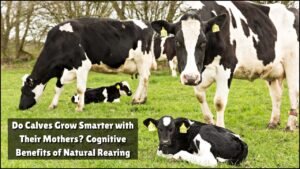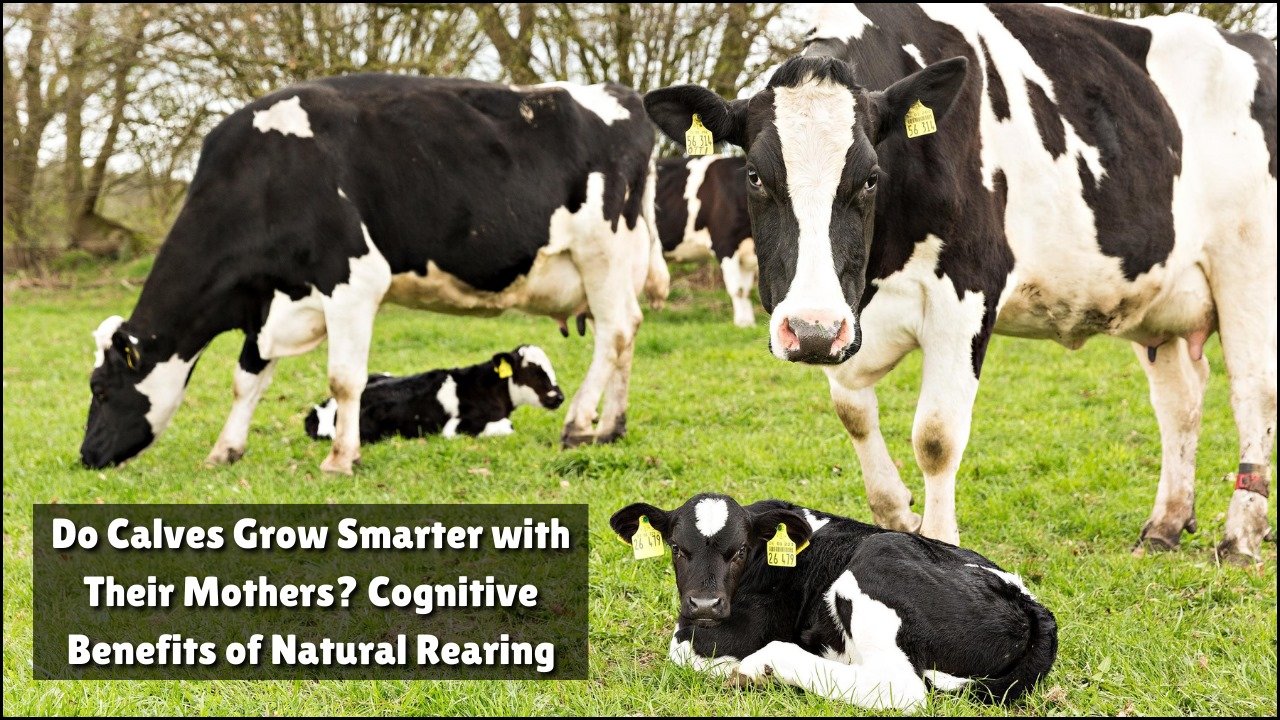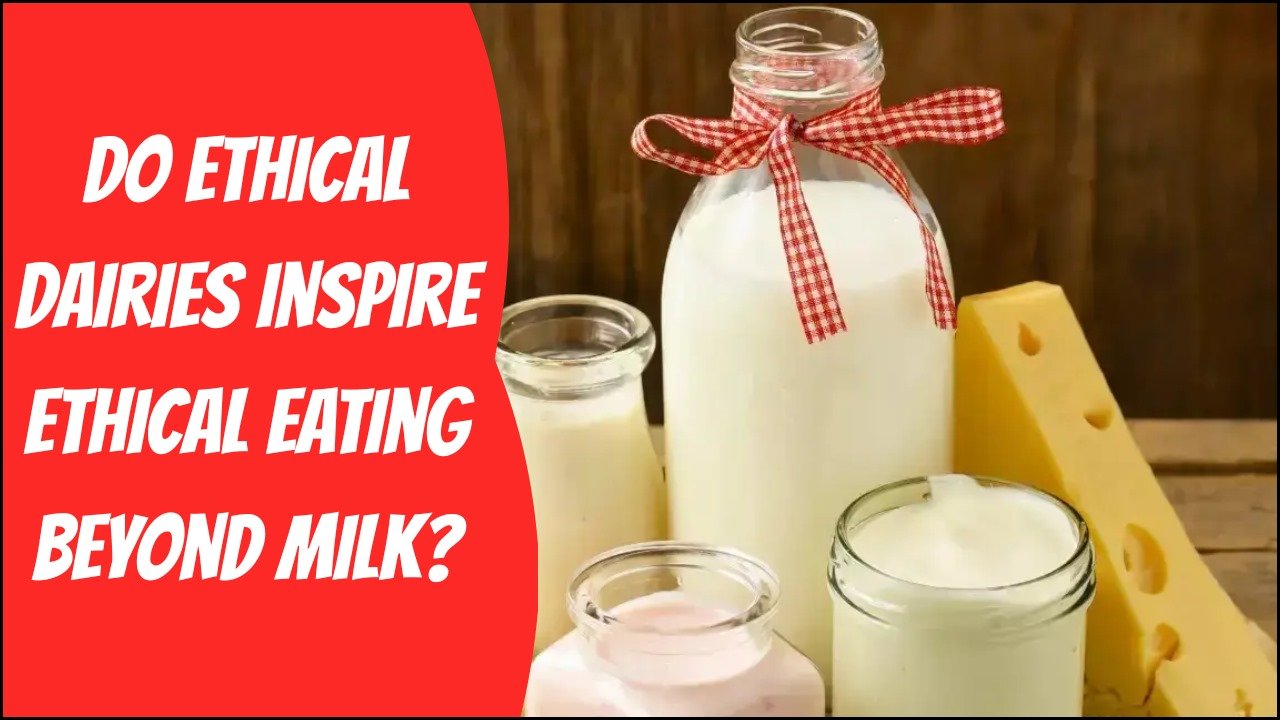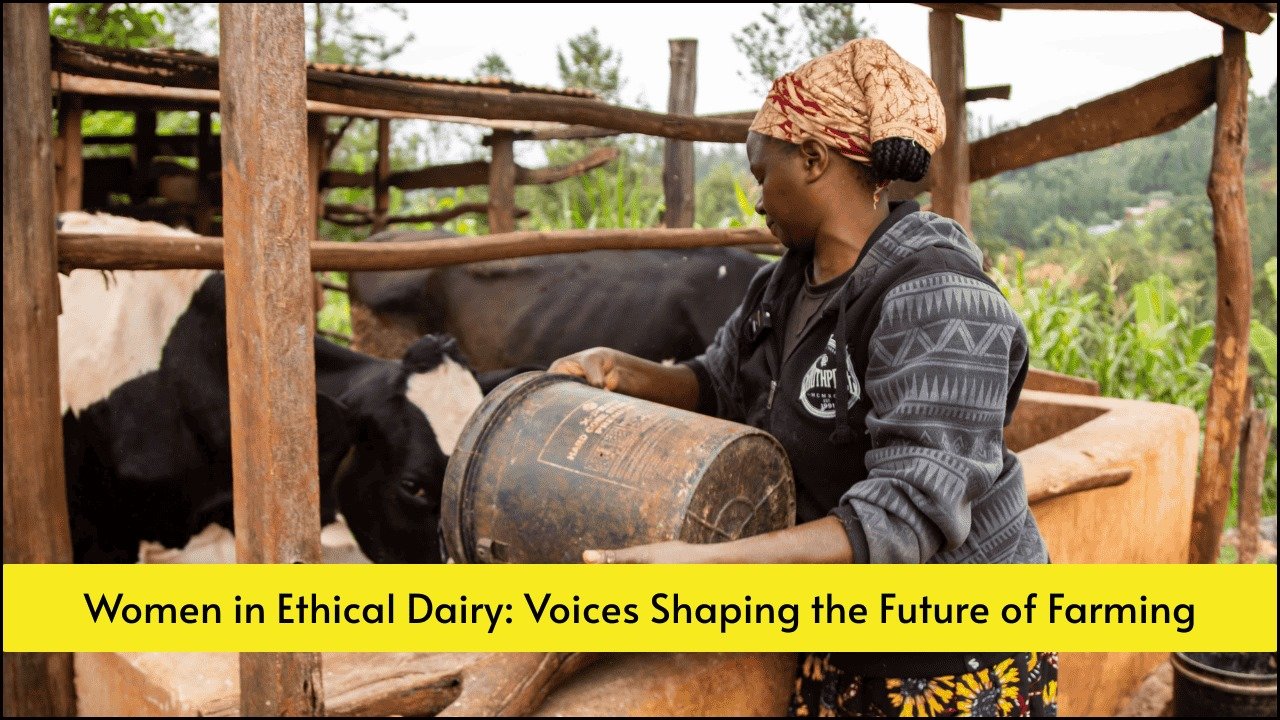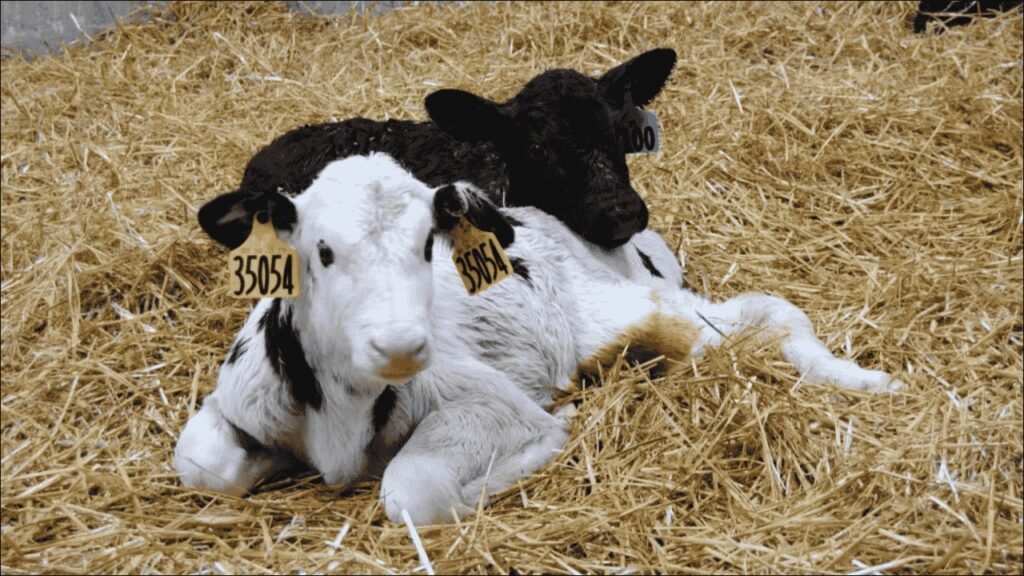
Extended cow–calf contact systems, where calves remain with their mothers for weeks or months after birth, are gaining popularity in dairy farming for their animal welfare benefits. However, this system also changes how veterinary care is managed, particularly when it comes to calf health monitoring, disease prevention, and vaccination schedules.
Unlike conventional dairy farms—where calves are separated early and monitored individually—extended contact systems require veterinary strategies tailored to a group-living environment. This shift affects not only how health issues are detected but also how preventive care is administered.
Table of Contents
Overview
| Aspect | Conventional Dairy System | Extended Cow–Calf Contact System |
|---|---|---|
| Calf Monitoring | Daily hands-on checks in pens | Visual observation in group setting |
| Colostrum Management | Measured bottle feeding | Natural nursing from mother |
| Vaccination Timing | Early, at set ages in calf pens | Coordinated with low-stress handling |
| Parasite Control | Based on confined housing needs | Pasture-based prevention, fecal testing |
| Stress Levels | Higher due to early separation | Natural nursing from the mother |
Key Differences from Conventional Dairy Farming
In traditional dairy systems, early separation allows for controlled feeding, isolated housing, and close observation of individual calves. Extended cow–calf contact changes the dynamic:
- Calves nurse directly from their mothers rather than being bottle-fed
- Calves often share space with adult animals in barns or pastures
- Group-based observation replaces one-on-one monitoring for the first weeks of life
This means veterinarians and farmers must adapt their care routines to ensure calves receive the same level of preventive treatment without the constant close handling found in conventional systems.
Calf Health Monitoring in Extended Contact Systems
Health monitoring in these farms often relies on daily observational checks rather than routine physical handling. Farmers look for early signs of illness, such as:
- Reduced activity or lagging behind the group
- Changes in nursing frequency
- Visible signs like nasal discharge, diarrhea, or coughing
Since calves spend more time with their mothers, they may have stronger immunity from extended colostrum access. However, this does not eliminate the need for regular health checks—especially for conditions like scours, pneumonia, and joint ill.
Tools and Techniques for Monitoring
- Behavioral observation logs to track changes over time
- Remote temperature monitoring collars or ear tags in larger herds
- Strategic yarding to bring pairs into smaller spaces for occasional hands-on checks
Adjusting Vaccination Schedules
Vaccination in extended cow–calf systems must balance minimal calf stress with effective disease protection. Early handling can disrupt bonding, so some farmers delay initial vaccinations slightly, while still ensuring timely protection against major diseases.
Key adjustments include:
- Administering vaccines during natural handling events (e.g., weaning, tagging)
- Using low-stress handling facilities for minimal disruption
- Maintaining maternal herd vaccination to pass on antibodies via milk and colostrum
Common vaccines may include protection against:
- Bovine Respiratory Disease (BRD) complex
- Clostridial diseases
- Rotavirus and coronavirus in herds with past issues
Parasite Control Strategies
Since calves are often on pasture earlier in extended contact systems, internal parasite exposure may increase. Vets often recommend:
- Fecal egg count monitoring at set intervals
- Strategic deworming based on pasture risk and calf age
- Rotational grazing to break parasite life cycles
Benefits and Challenges for Veterinary Care
Benefits:
- Lower stress and better immunity from maternal care
- Potential reduction in early-life illness rates
- Easier transition to solid feed due to calf learning from mother
Challenges:
- Less frequent physical handling can delay detection of subtle health issues
- Group housing increases exposure to pathogens from multiple animals
- Vaccination timing requires careful planning to avoid stress
FAQs
1. Do calves in extended contact systems need fewer vaccinations?
A = No, they still require core vaccinations, but timing and handling methods may be adjusted to reduce stress.
2. How can farmers detect illness without daily handling?
A = By learning to spot behavioral changes, using observation logs, and conducting occasional targeted health checks.
3. Does extended cow–calf contact reduce disease risk?
A = It can improve immunity through prolonged maternal nursing, but calves are still exposed to environmental pathogens and require preventive care.

